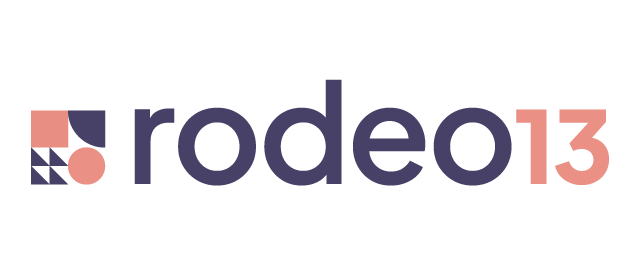Over the past 5 years, online events have been gaining more and more popularity. Numerous tools out there provide a cheap and fast way to set up a webinar, a workshop a panel discussion, or a fireside chat. Online events provide a cost-effective way to reach a large audience and allow for greater flexibility in terms of scheduling and accessibility since participants can tune in live from anywhere in the world or watch the recording on-demand after the event is over.
Some bigger companies have started their online summits/conferences while long-running traditional in-person events have incorporated streaming their sessions online.
What’s So Great About Online Events?
They establish thought leadership. Hosting webinars, workshops, or panel discussions provides an opportunity for key company figures to share their expertise and knowledge with a wide audience, positioning the company as a credible expert in the field.
No geographical limits. People can join from anywhere in the world, eliminating the need for travel and accommodation expenses. This not only saves costs but also makes events accessible to a global audience and attendees who otherwise would not be able to join in.
They raise the brand profile. Through interactive virtual experiences, organizations can showcase their products, services, and company culture to a broad audience. This exposure can lead to increased brand recognition, reaching potential customers who may not have been aware of the brand's offerings previously, and it also might help talent acquisition practices.
They generate new connections. Through running online events, attendees (and organizers) can easily make new business connections. Chat rooms, breakout sessions, and interactive Q&A sessions enable participants to connect and engage with industry peers, experts, and potential partners, fostering meaningful connections and opening doors to new opportunities and collaborations.
How To Run a Successful Online Event?
- Choose the right topic and format: Select an interesting (and current) topic that caters to your target audience and, at the same time, aligns with your business objectives. Consider the format that best suits your content: webinars are great for presentations and lecture-style instruction, workshops and lunch and learns are more interactive while fireside chats and panel discussions feature external speakers who share their views on a certain topic prompted by a moderator. Tailor the topic and format to deliver maximum value and engage participants effectively.
- Plan your marketing campaign: Create a comprehensive marketing campaign to generate buzz and attract attendees. Start at least 4-6 weeks prior and utilize various channels like social media, email marketing, and content marketing to spread the word. If you have multiple speakers, get their bios and headshots to create visuals they can share with their networks. Write compelling event descriptions and craft engaging graphics to capture attention and create anticipation.
- Send a calendar invite and event reminders: Everyone is busy. Make sure that the platform (or your marketing team) sends a calendar invite to block people’s time. Email reminders one week, one day, and one hour before the event typically boost attendance rate. Expect about 25-40% of your registrants to tune in live and another 10-15% to watch the recording.
- Do a tech check: If you’re running an event with multiple speakers, a tech check can prevent last-minute issues. It also helps create a prior connection between speakers and makes sure they don’t meet for the first time during the live event. A tech check is crucial if you’re using a platform that speakers might not be all that familiar with.
- Engage the audience during the event: Keep the audience engaged throughout the event to ensure a memorable experience. Use interactive features like polls, Q&A sessions, and live chat to encourage participation. Incorporate multimedia elements like videos, slideshows, and live demonstrations to enhance the visual appeal to keep your audience captivated.
- Follow up with attendees after the event: Send an email thanking attendees for their participation and announce your next event. Provide them with the on-demand recording, the slides, and any additional resources you might have mentioned. You can also request feedback to improve future events and establish a connection for future collaborations.
Online events have proven to be an effective tool in B2B marketing strategies. They not only help to establish thought leadership and credibility but also generate leads and increase sales. Include online events in your marketing strategy to engage with your target audience, create new connections, and drive meaningful results.
